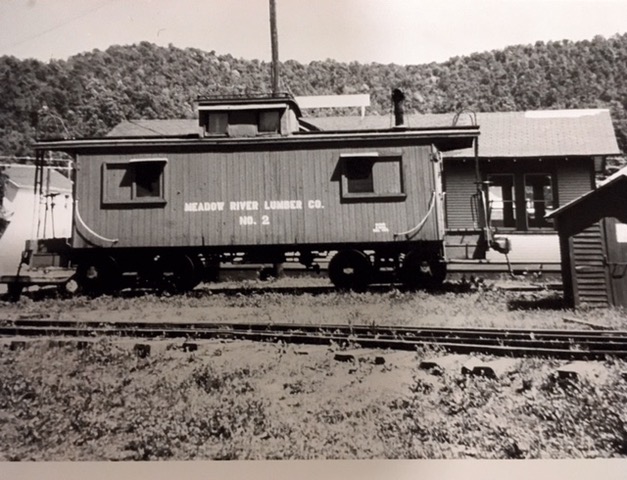By William “Skip” Deegans
Until the 1980s, the caboose was an iconic feature of the American railroad. Typically red, it was the last car on a train. Equipped with bunks, a heating and cooking stove, ice chest, table and seats, it was a car where the crew could work, cook, eat and sleep. The word caboose may stem from the Dutch word kabuis or the French word camboose, both of which referred to a small cabin on a sailing ship. Introduced on American railroads in the 1830s, cabooses were first built of wood and later steel.
The most important purpose of the caboose was to provide safety for the train. Assigned to the caboose were the conductor and brakeman. Among their tasks was watching the cars in front of them. To help view the train, a cupola was added to the caboose (see photo) and later some had bay windows on the side. The conductor and brakeman were on the lookout for, among other concerns, overheated axle bearings called hot boxes. Seeing smoke or flames coming from the wheels, the caboose’s crew could alert the train’s engineer to take remedial action. Preliminary reports indicate the recent Norfolk Southern train derailment in East Palestine, Ohio, was likely caused by an overheated bearing.
Contending they could use electronic devices to ensure the safety of trains and no longer needed a caboose, the railroads successfully lobbied the Reagan administration to eliminate them in 1982. The United Transportation Union (UTU) opposed the move and claimed cabooses and their crew were vital to the safety of trains “especially when today’s freights averaging 70 cars stretching almost a mile.” The train that derailed in East Palestine consisted of 151 cars and was 1.76 miles long. According to the Federal Railroad Administration, there are more than 1,000 derailments annually.
Photo: Courtesy of the Greenbrier Historical Society, George Collins Collection.
Sources: Chicago Tribune, Los Angeles Times, The Pittsburgh Press, NBC, www.trainconductorhq.com.
A Look Back
Please login to join discussion
ADVERTISEMENT



